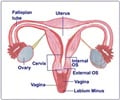An automated testing tool that can predict women's ovulation has been developed, which is low cost and 99 per cent accurate.
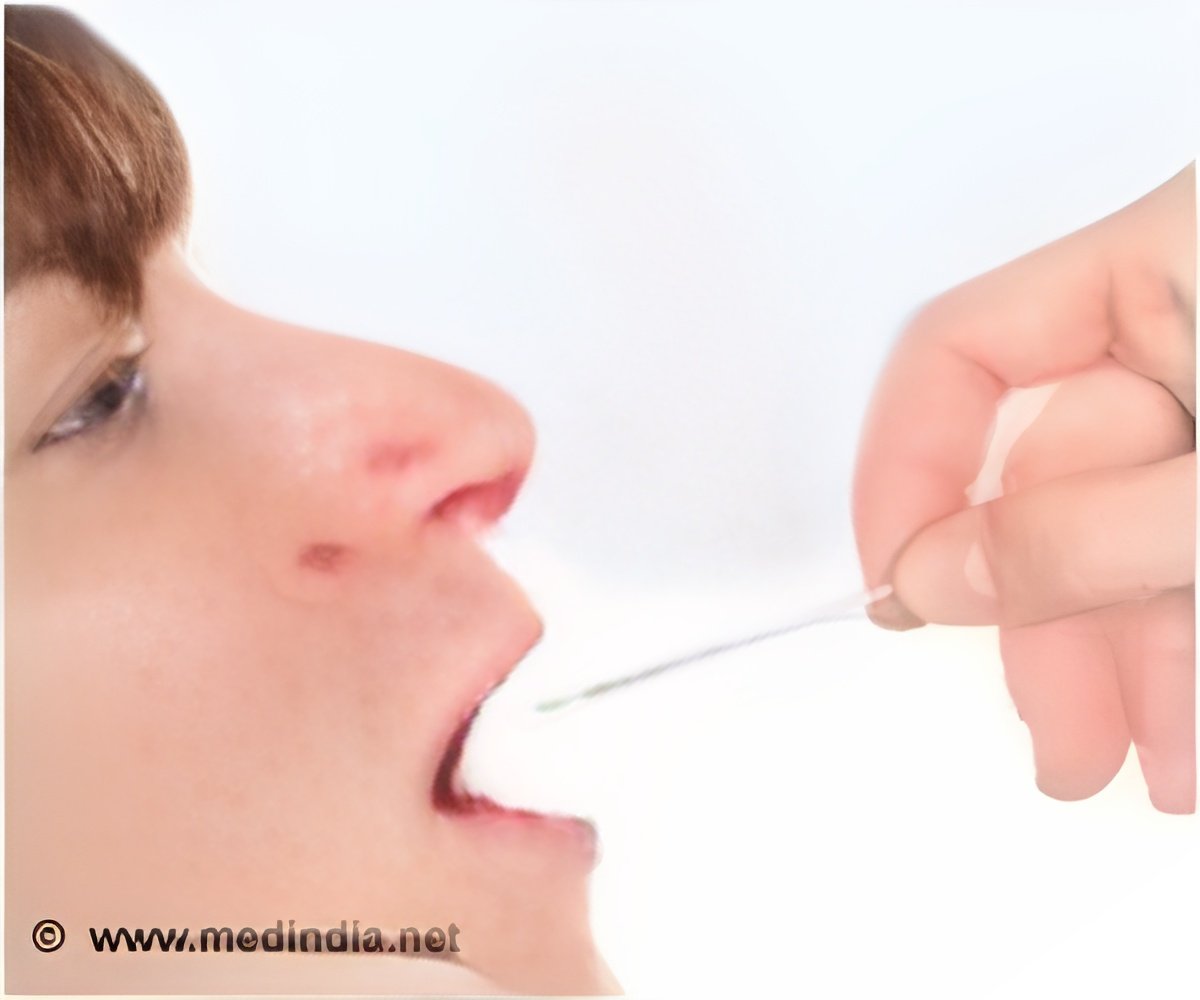
TOP INSIGHT
Methods used for diagnosing women’s fertility are often costly and subjective. The simple automated tool that detects ovulation with the help of saliva is easy to use and less expensive.
To overcome this challenge, Shafiee and colleagues developed an automated process for detecting ferning in a saliva sample. The developed AI algorithm was pre-trained with 1.4 million ImageNet images and retrained with more than 1500 salivary ferning images to be able to classify saliva images into two categories: Ovulating and non-ovulating samples.
The team then evaluated the system's ability to differentiate ovulating and non-ovulating human saliva samples from six subjects. The women collected and tested their saliva samples using the cellphone system during both ovulating and non-ovulating phases of their menstrual cycle (results were confirmed using a urine test). To perform the test, saliva was collected on a microfluidic device, smeared, and left to air dry. The microfluidic device with the air-dried sample was then inserted into a 3-D printed optical attachment affixed to a smartphone. The software then analyzed the fern patterns, correctly identifying ovulation in 99 percent of samples and non-ovulation in 100 percent of the samples.
"One of the biggest advantages to this method is cost - whereas the cost of non-reusable urine stick tests can add up to $210 to $240 over the course of six months, our device represents the possibility of a one-time purchase," said co-author Manoj Kumar Kanakasabapathy, a senior research assistant in the Shafiee laboratory. "Beyond human ovulation, there are applications here as well for animal breeding and even for dry eye disease, which can also produce fern-like patterns in samples from eye mucosa."
"One of the biggest problems with saliva-based tests, we realized, was that users find it difficult to interpret the fern patterns," said Prudhvi Thirumalaraju, another co-author of this study and a senior research assistant in Shafiee's laboratory. "We figured that advances in AI can be put to good use here, to help people get objective results on their smartphones."
 MEDINDIA
MEDINDIA
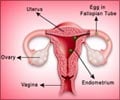
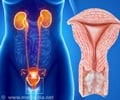
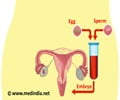
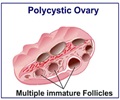
 Email
Email
